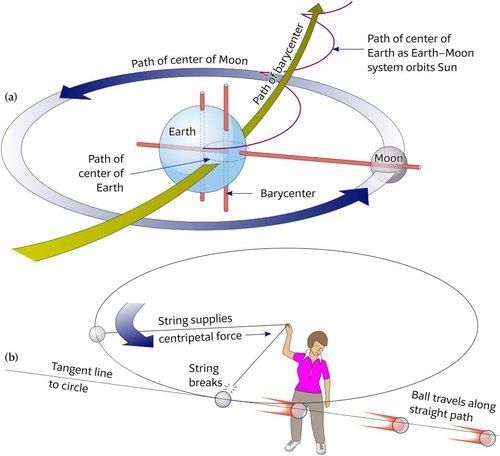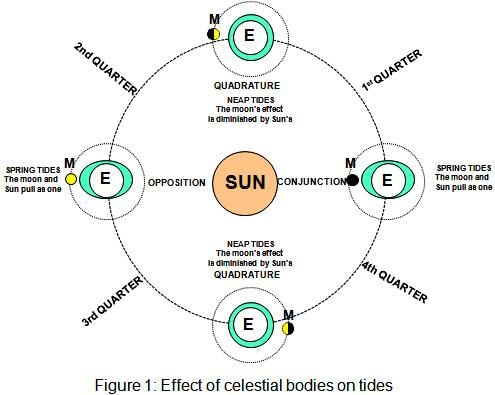|
Card: 1 / 42 |
Ocean water is influenced primarily by external forces such as the ___, ___, and winds. |
|
Card: 7 / 42 |
Fill in the blank: The tallest waves depend on wind strength, how long the wind blows, and the ___ it affects. |
|
Card: 15 / 42 |
Fill in the blank: The Bay of Fundy, known for having the highest tides in the world, experiences tidal bulges reaching ___ to ___ meters. |
|
Card: 17 / 42 |
True or False: Tides occur at irregular intervals influenced by atmospheric conditions. |
|
Card: 18 / 42 |
False. Tides occur regularly, typically twice a day, due to gravitational forces, while surges caused by weather factors happen irregularly.  |
|
Card: 20 / 42 |
Centrifugal force, along with gravitational pull, helps balance the effects of gravity, creating two main tidal bulges — one toward the moon and another on the opposite side of the Earth.  |
|
Card: 24 / 42 |
The shape of bays and estuaries can enhance tidal strength, especially in funnel-shaped bays, where the narrowing of the waterway can amplify the tidal flow, leading to higher tidal currents.  |
|
Card: 26 / 42 |
Tides are essential for safe navigation as they help vessels navigate shallow bars at harbor entrances, ensuring access to ports.  |
|
Card: 27 / 42 |
Multiple Choice: Which of the following factors is NOT a primary cause of tides? A) Gravitational pull of the moon B) Gravitational pull of the sun C) Wind patterns D) Centrifugal force |
|
Card: 32 / 42 |
False. Ocean currents are generally stronger at the surface and slower at deeper levels.  |
|
Card: 33 / 42 |
Fill in the blank: The phenomenon that causes warm currents in the Northern Hemisphere to veer to the right is known as the ___ force. |
|
Card: 35 / 42 |
What is the relationship between oceanic circulation and atmospheric circulation? |
|
Card: 36 / 42 |
The oceanic circulation pattern mirrors the Earth's atmospheric circulation, indicating a close interaction between the two systems.  |
|
Card: 37 / 42 |
Fill in the blanks: Currents formed by cold water at the poles sinking and moving toward the equator are termed ___ currents. |
|
Card: 39 / 42 |
True or False: The interaction between warm and cold ocean currents does not affect the oxygen levels in the water. |
|
Card: 41 / 42 |
Fill in the blank: Warm currents along the east coasts of continents in tropical and subtropical regions lead to ___ and ___ climates. |






































